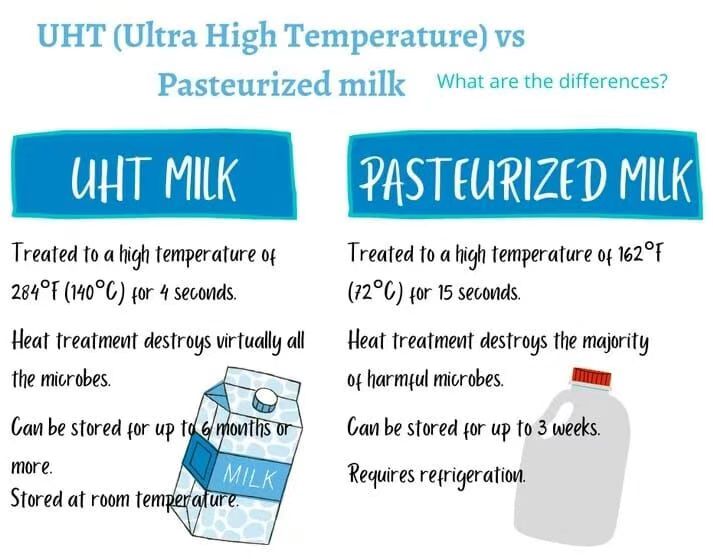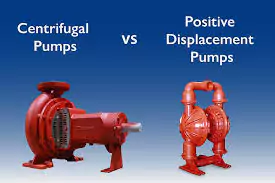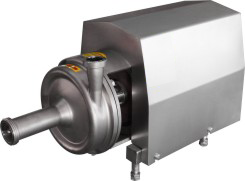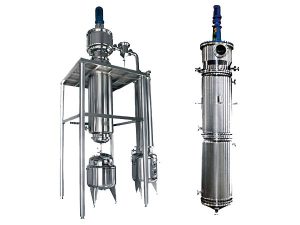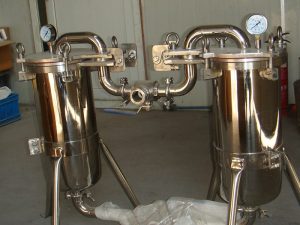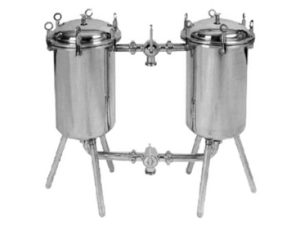In today’s competitive beverage industry, delivering products with consistent flavor, aroma, and long shelf life is critical. One of the most effective solutions for achieving these goals is the vacuum degasser. By removing dissolved gases such as oxygen and air from liquids, vacuum degassers help beverage manufacturers maintain high-quality products, protect equipment, and optimize production efficiency. This article explores 7 ways vacuum degassers improve beverage flavor and shelf life, providing practical insights for beverage producers looking to enhance product quality and ensure stable operations.
Table of Contents
ToggleReduce Oxidation and Preserve Natural Flavor
Oxygen in beverages can react with sensitive compounds, causing oxidation that affects flavor and aroma. A vacuum degasser effectively removes dissolved oxygen, helping beverages retain their fresh and natural taste.
-
Mechanism: The degasser creates a vacuum environment, enabling oxygen and trapped air to escape.
-
Impact: Aromatic compounds such as esters and terpenes remain stable, resulting in a more consistent and appealing flavor profile.
By preserving natural flavor, manufacturers can produce beverages that consistently satisfy consumer expectations.
Prevent Browning and Maintain Color
Dissolved oxygen not only impacts flavor but also causes color degradation through enzymatic browning and pigment oxidation. Using a vacuum degasser helps maintain the vibrant and attractive color of juices, teas, and other beverages.
-
Mechanism: Oxygen removal slows oxidative reactions that darken liquids.
-
Benefit: Beverages remain visually appealing, improving shelf appeal and marketability.
Maintaining a bright, natural color can significantly enhance a product’s shelf appeal in retail markets.
Extend Shelf Life
One of the most critical benefits of vacuum degassing is the extension of beverage shelf life. Oxygen promotes microbial growth and chemical reactions that can lead to spoilage. Removing these gases helps beverages last longer while maintaining quality.
-
Mechanism: Reduced oxygen slows oxidation and microbial activity.
-
Business advantage: Longer shelf life allows for wider distribution, less product waste, and increased profitability.
This is especially valuable for B2B suppliers looking to ship products over long distances without quality loss.
Prevent Foaming During Filling and Sterilization
Foaming can interfere with canning, bottling, and high-temperature sterilization processes, reducing production efficiency and quality. A vacuum degasser removes gases that cause foam formation, ensuring smooth processing.
-
Mechanism: Gas bubbles that lead to foaming are removed before filling or heating.
-
Benefit: Improves sterilization effectiveness and reduces product loss.
Efficient foam control enhances both product safety and operational stability.
Protect Equipment from Corrosion and Cavitation
Dissolved oxygen and gases in liquids can cause corrosion on pipelines, tanks, and heat exchangers, as well as pump cavitation, reducing equipment life. Vacuum degassers minimize these risks, saving maintenance costs.
-
Mechanism: Oxygen and gas removal prevent aerobic corrosion and pump damage.
-
Benefit: Reduced downtime, lower repair costs, and longer equipment lifespan.
This protection is critical for large-scale beverage plants aiming for reliable, high-volume production.
Improve Heat Transfer Efficiency
Bubbles on heat exchanger surfaces act as insulation, reducing heat transfer efficiency. By removing these bubbles, a vacuum degasser allows for more efficient heating and cooling during beverage processing.
-
Mechanism: Gas-free liquid ensures maximum contact with heat exchanger surfaces.
-
Benefit: Energy savings, faster processing, and better temperature control.
Enhanced heat transfer also contributes to consistent product quality and reduced operational costs.
Enable Flexible and Efficient Production
Modern vacuum degassers allow adjustable working times and cycles, enabling manufacturers to optimize degassing based on specific beverage types or production volumes.
-
Impact: Reduces processing time, minimizes waste, and increases overall throughput.
-
Benefit: Manufacturers can maintain high-quality standards while meeting high-volume production demands.
Flexible operation ensures that a single vacuum degasser can serve multiple beverage lines efficiently.
Conclusion
Using a vacuum degasser in beverage production provides multiple tangible benefits:
-
Reduces oxidation and preserves natural flavor
-
Maintains color and appearance
-
Extends shelf life
-
Prevents foaming during filling and sterilization
-
Protects equipment from corrosion and cavitation
-
Improves heat transfer efficiency
-
Enables flexible and efficient production
For beverage manufacturers aiming to produce high-quality products at scale, investing in a vacuum degasser is essential. Not only does it ensure flavor stability and visual appeal, but it also protects equipment, improves efficiency, and supports long-term profitability. If your company is looking to source professional-grade vacuum degassers for bulk production, now is the perfect time to explore systems that meet industry standards and maximize both quality and efficiency.

